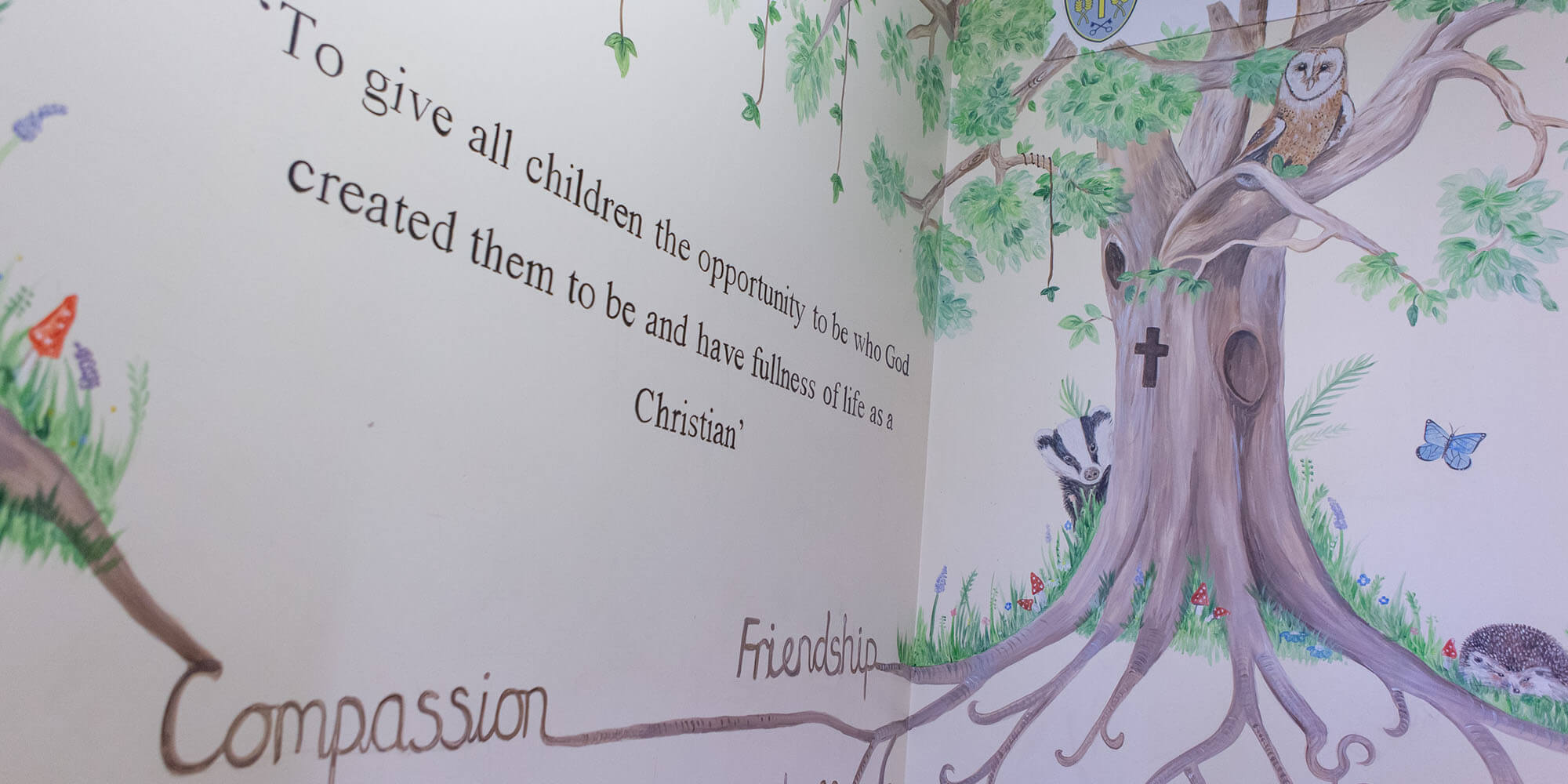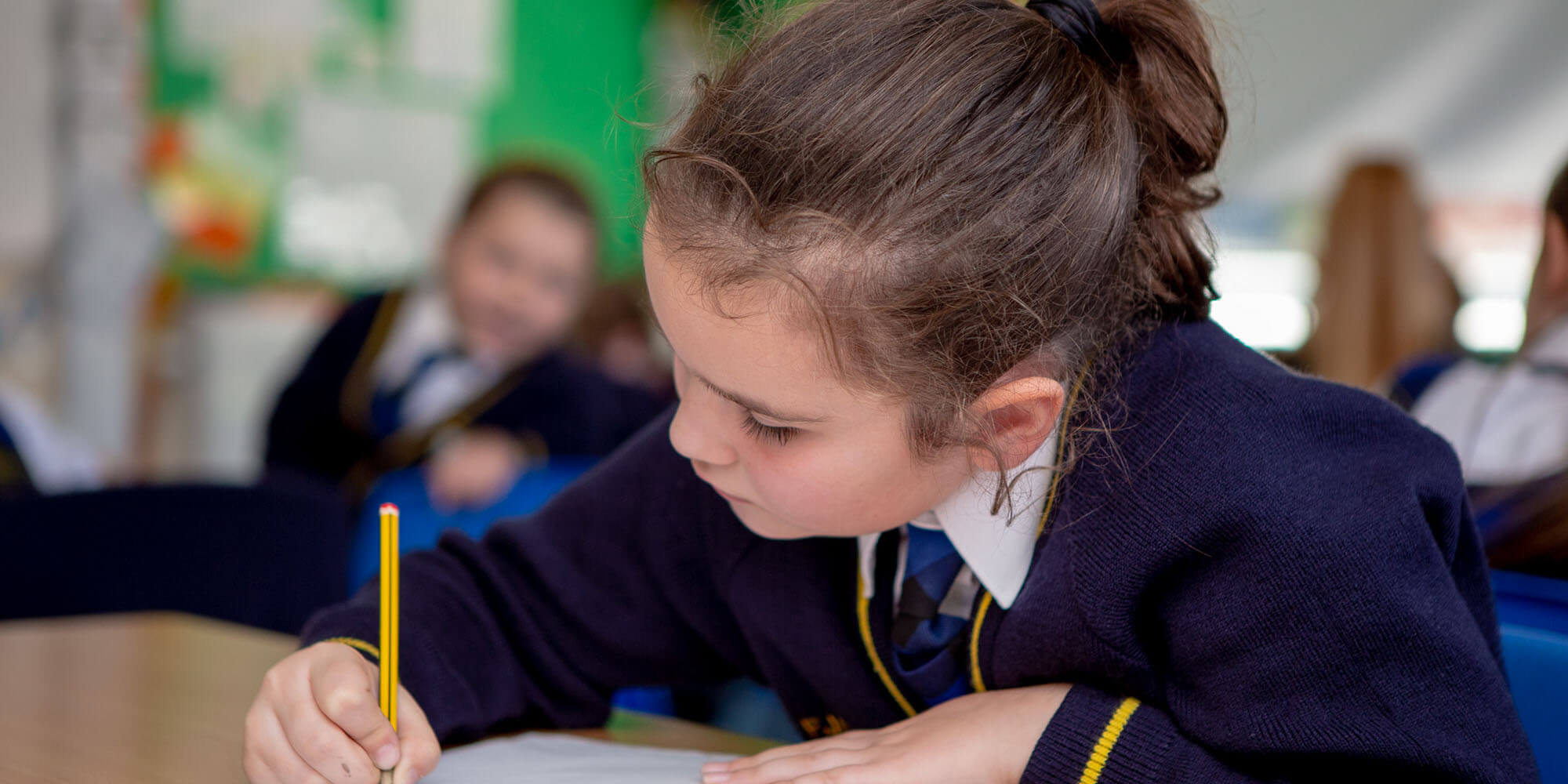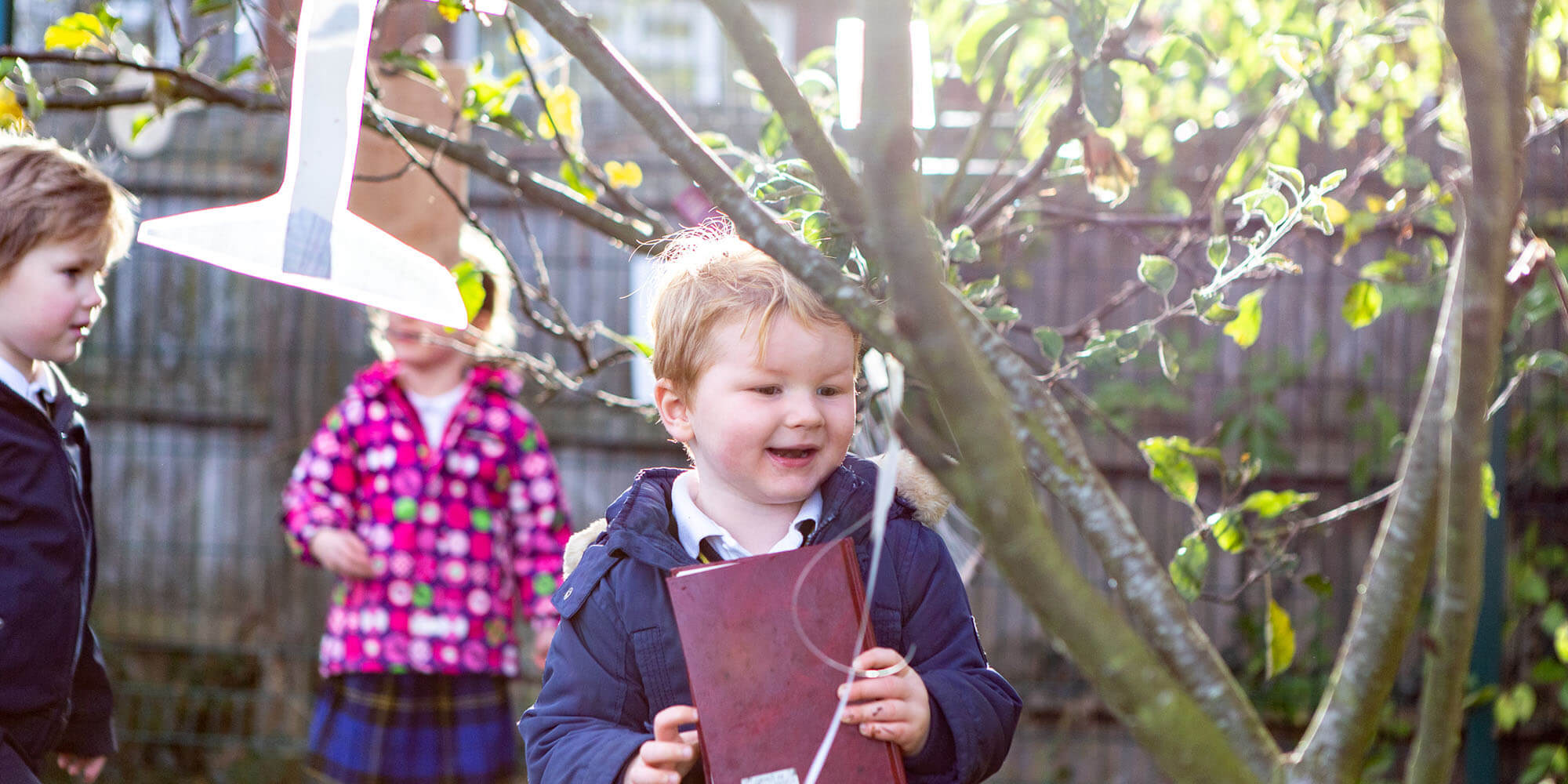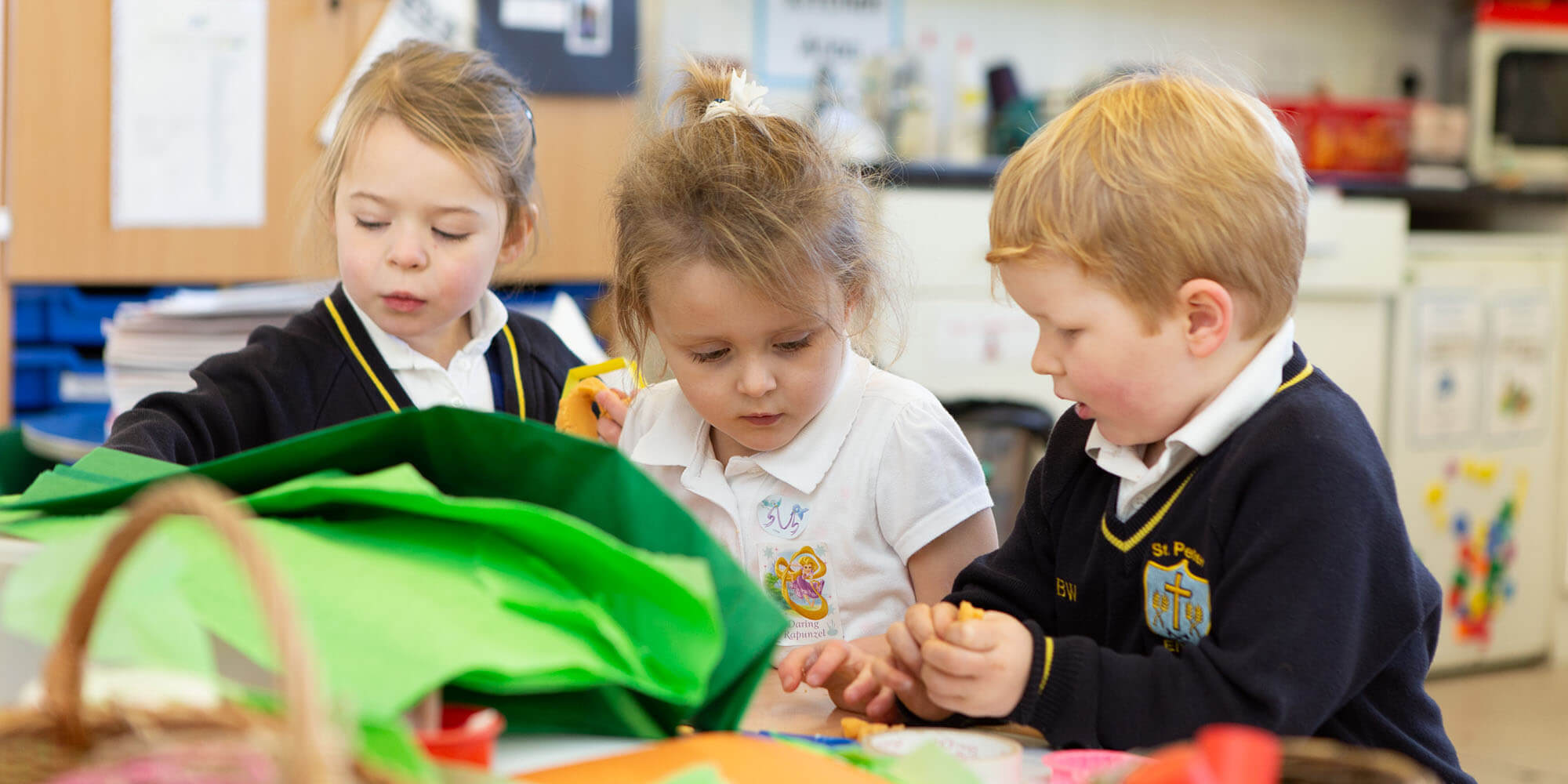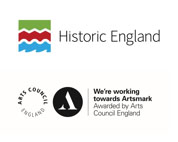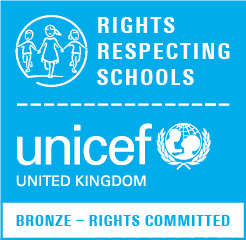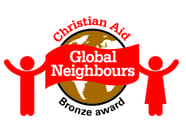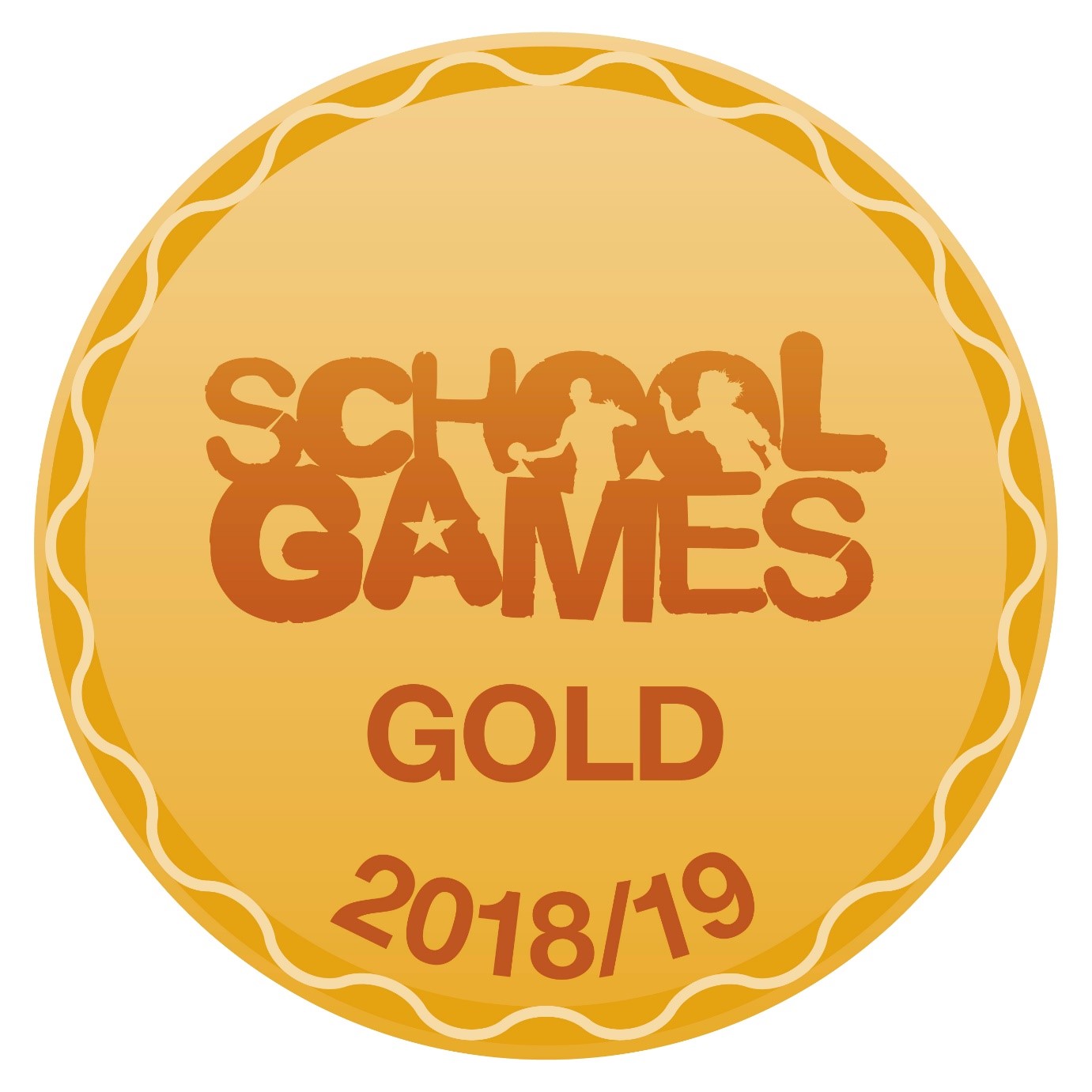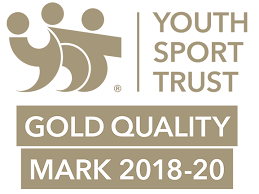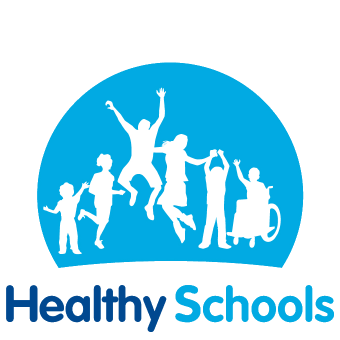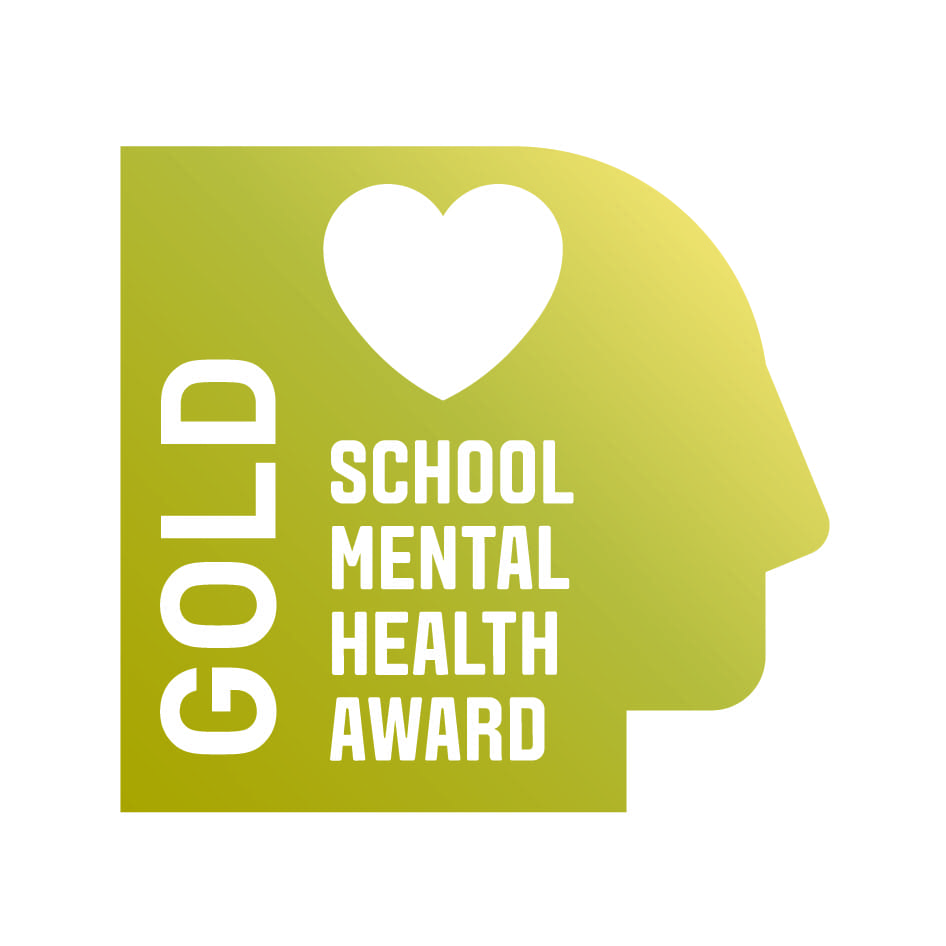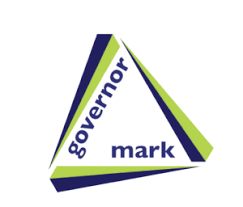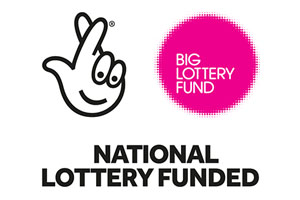Geography
School Vision
To give all the opportunity to be who God created them to be and have fullness of life
Our Geography Vision
For children to be environmentally aware, local, and global citizens and inquisitive and informed geographers.
What does it mean to be a geographer? What do geographers do?
Geographers study locations, places, human and physical features and they conduct fieldwork.
Here is a list of typical tasks for geographers:
- Use observations, maps, satellite images and censuses
- Use surveys, interviews and maths data
- Create and adapt maps, graphs and diagrams
- Write reports and present their research
- Use technology to collect, analyse and show data
- Advise governments, businesses and the public with issues. For example, planning homes and roads, disaster responses and landfills.
- Analyse the world’s physical and human aspects
- Conduct fieldwork to gather data
Why is it important to know what it means to be a geographer?
The opportunities we give our pupils to raise awareness of different careers and prepare them for the world of work, can be found in our Careers Protocol.
Our Careers Protocol can be accessed here
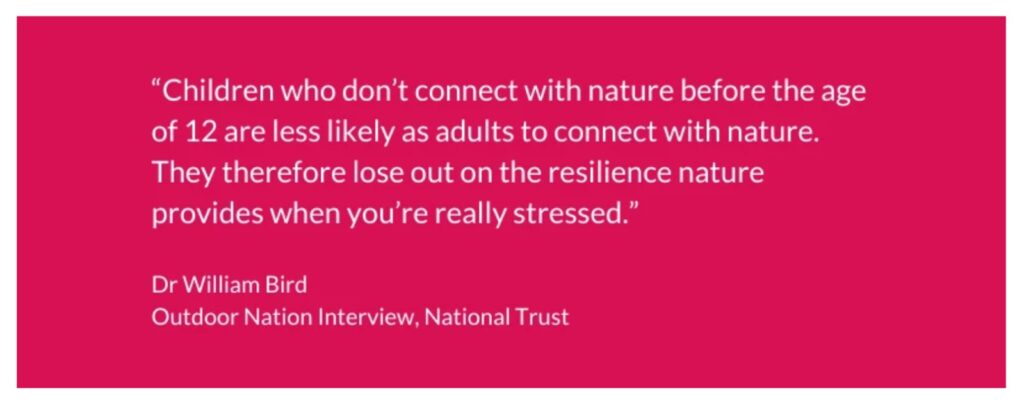
The St. Peter’s Geography Curriculum

At the heart of the St Peter’s Geography curriculum is the substantive and disciplinary knowledge that children need to prepare them for success in their education journey and to prepare them for work in different industries.
Substantive geography knowledge is the core learning from the disciplines of location, place and human and physical geography.
Disciplinary knowledge involves fieldwork and geographical skills. This allows children to investigate and experience learning outside the classroom. Geographers gather, measure, record and present data. Each year group has an opportunity to conduct fieldwork in the school grounds, the local area or the regional area. Children ask geographical questions, such as ‘What is the place like?’ and ‘Has it always looked like this?’
Disciplinary geography knowledge happens because of substantive knowledge. When children know the established facts, they can start to consider how Geographers acquired this knowledge, its degree of certainty and how it is revised.
Recent examples children have spoken about include:
- How our local area changes over time
- Reduction of greenbelt areas
- Country borders changing (Sudan and South Sudan in 2011)
- Invasions (Russia invading Ukraine, which began in 2014)
- How processes change including erosion
- Migration and different reasons for this
Our curriculum is based on the National Curriculum
By the end of Key Stage 1:
Pupils should develop knowledge about the world, the United Kingdom and their locality. They should understand basic subject-specific vocabulary relating to human and physical geography and begin to use geographical skills, including first-hand observation, to enhance their locational awareness.
By the end of Key Stage 2:
Pupils should extend their knowledge and understanding beyond the local area to include the United Kingdom and Europe, North and South America. This will include the location and characteristics of a range of the world’s most significant human and physical features. They should develop their use of geographical knowledge, understanding and skills to enhance their locational and place knowledge.
Key Documents
Geography Substantive and Disciplinary Knowledge – Whole school overview
Whole School Overview
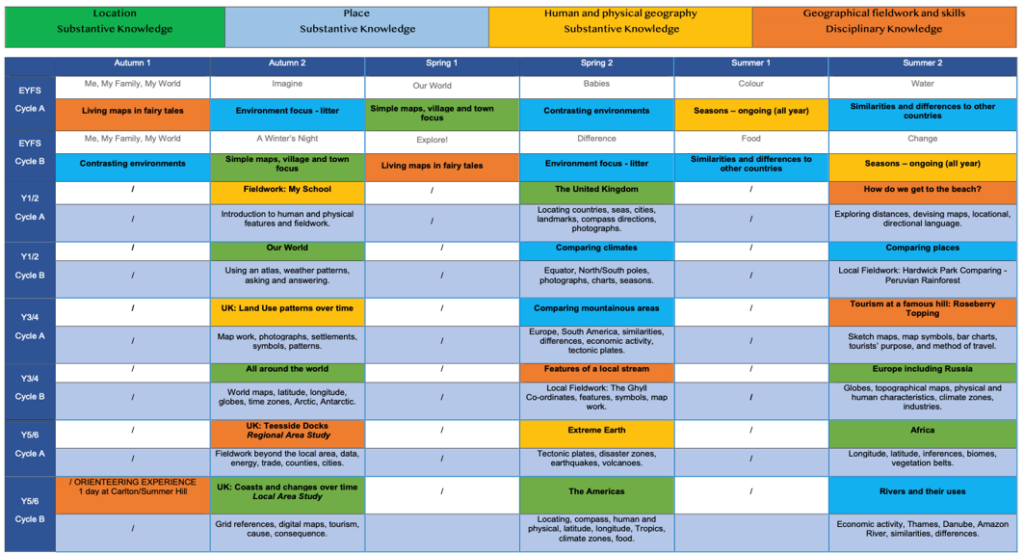
Geography Knowledge Organisers:
| Geography | ||||||
| 2024-2025 | ||||||
| Term: | Au 1 | Au 2 | Sp 1 | Sp 2 | Su 1 | Su 2 |
| Maps, village and town | South Africa and England | Farm | ||||
| Y1/2 | Fieldwork: Our School | UK Study | Coastal Study: How can we get to the beach? | |||
| Y3/4 | Land use and changes over time | Comparing mountainous regions | Fieldwork: Local hill and tourism | |||
| Y5/6 | UK Teesside Docks study | Extreme Earth | Africa | |||
Cultural Capital
‘It is the essential knowledge that pupils need to be educated citizens, introducing them to the best that has been thought and said and helping to engender an appreciation of human creativity and achievement.’
Ofsted School Inspection Handbook 2019
Central to the teaching of geography is the enrichment of the curriculum through trips and visits. Children have regular fieldwork activities within the local and/or the regional area. Pupils develop these skills over time, from experiences in their local village and the school garden, to conducting fieldwork at popular tourist attractions and amongst local industries. These first-hand experiences provide children with a contextual understanding of the subject.
We promote a language-rich geography curriculum which is carefully planned in each topic. This is important to prepare our children for future success.
Another significant area in geography is the links to other curriculums. Our children have started to use their geographical knowledge in class discussions, presentations and debates. We want pupils to feel excited and engaged with the world around them and to draw upon their knowledge and experiences. We see links with every subject and find our children do this naturally. Recent examples of children include calculating energy usage from wind turbines and exploring how trade changes throughout history.
PD Ports – 2024-2025
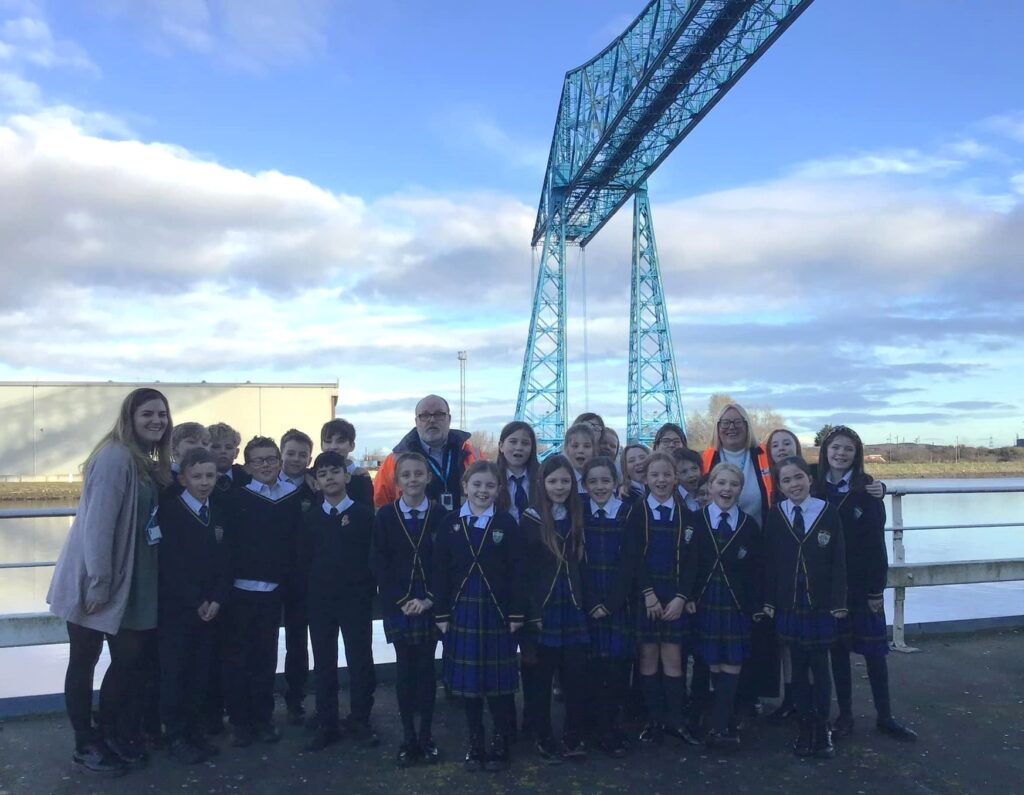
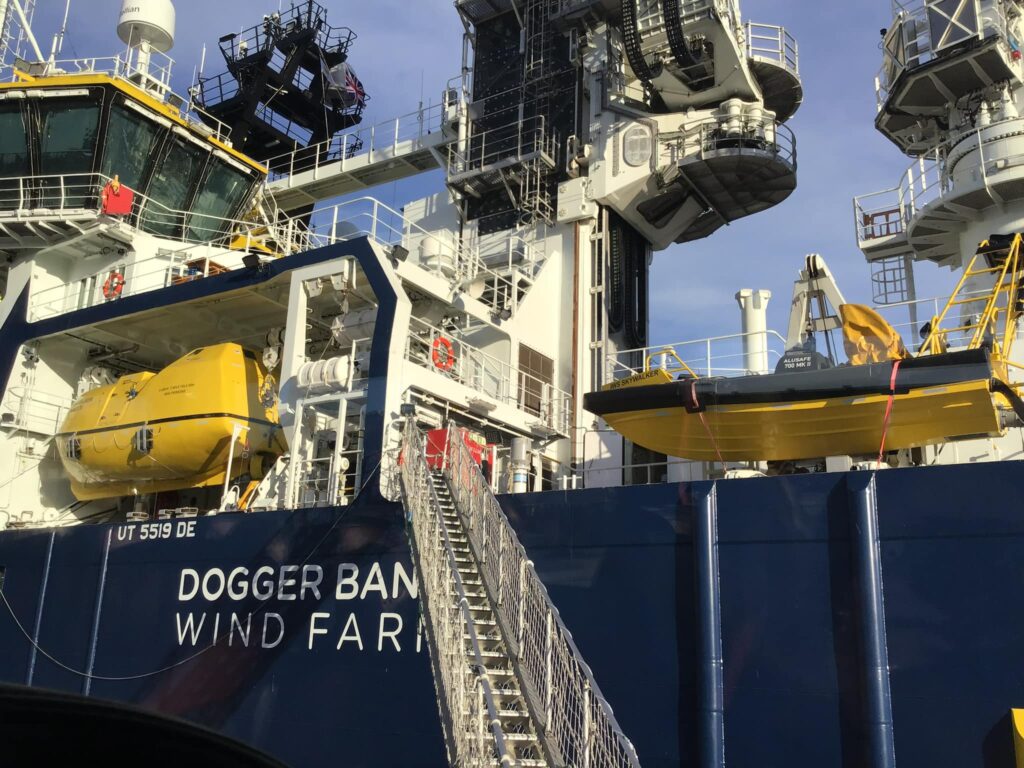
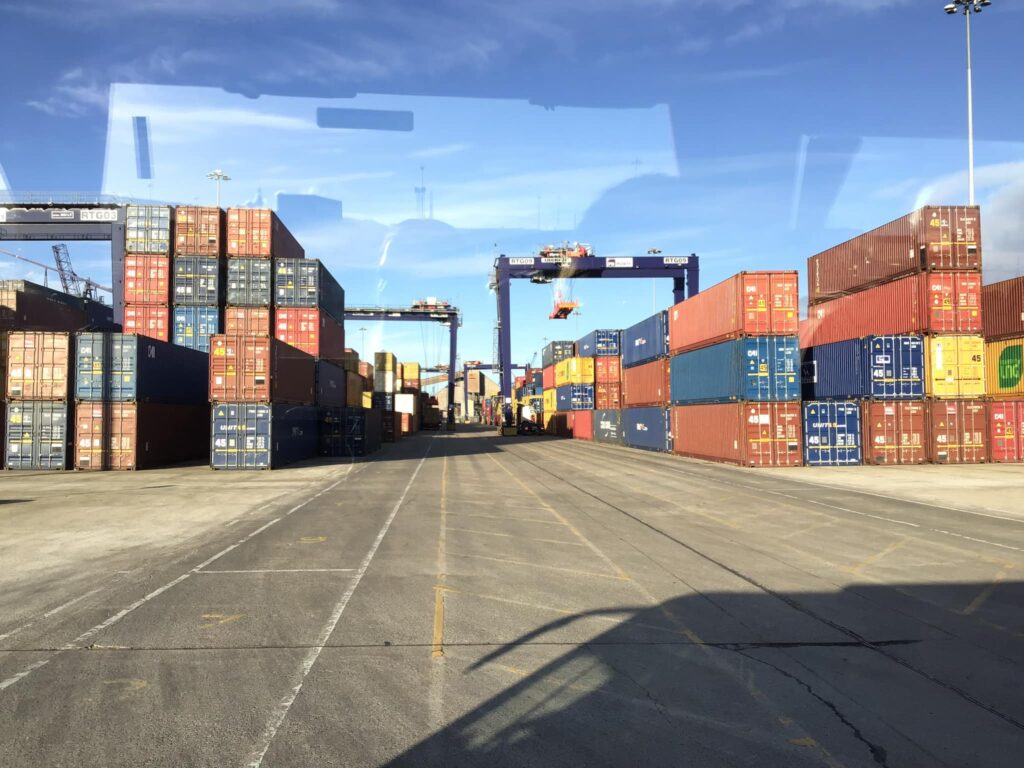
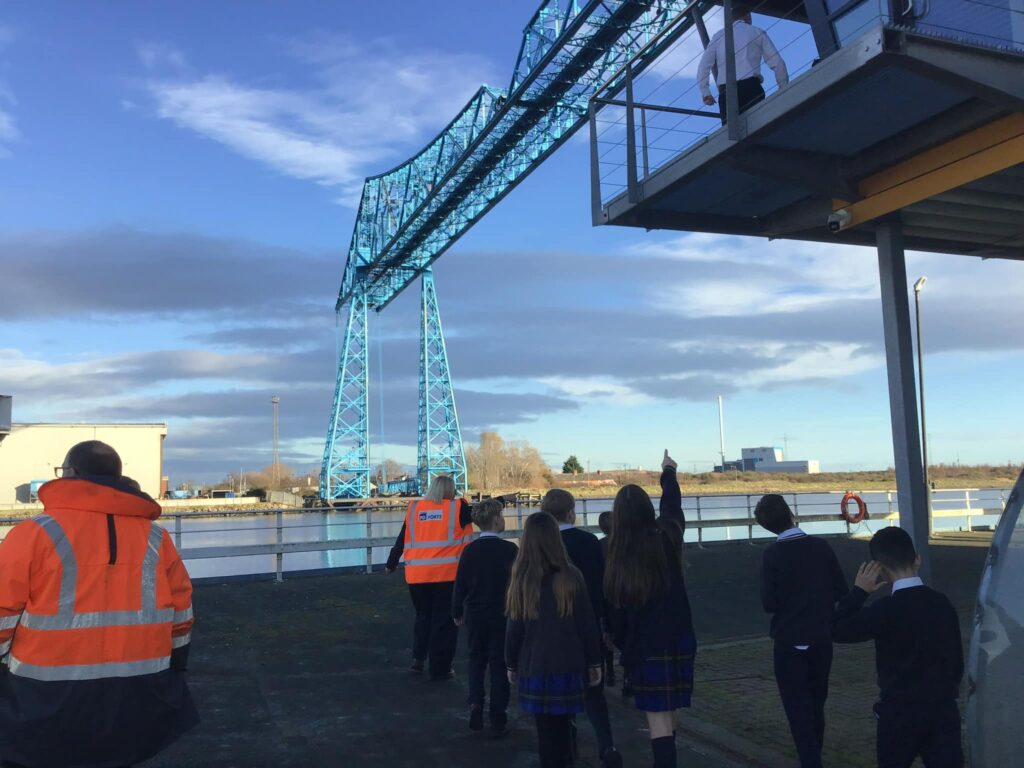
Tees Barrage
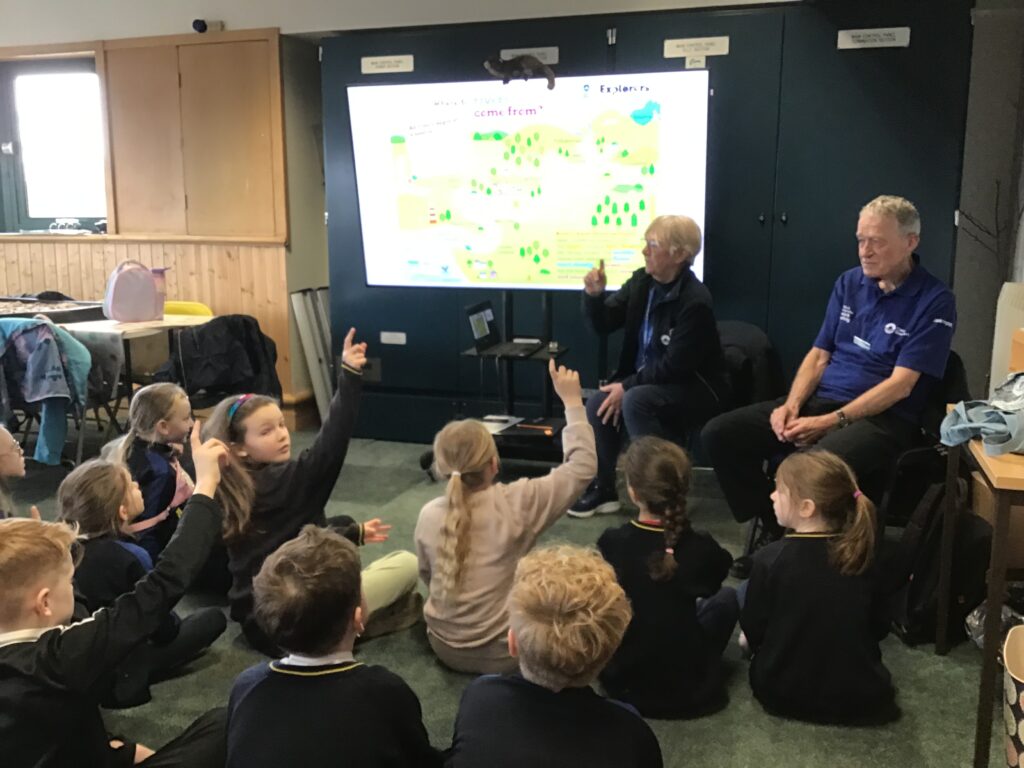
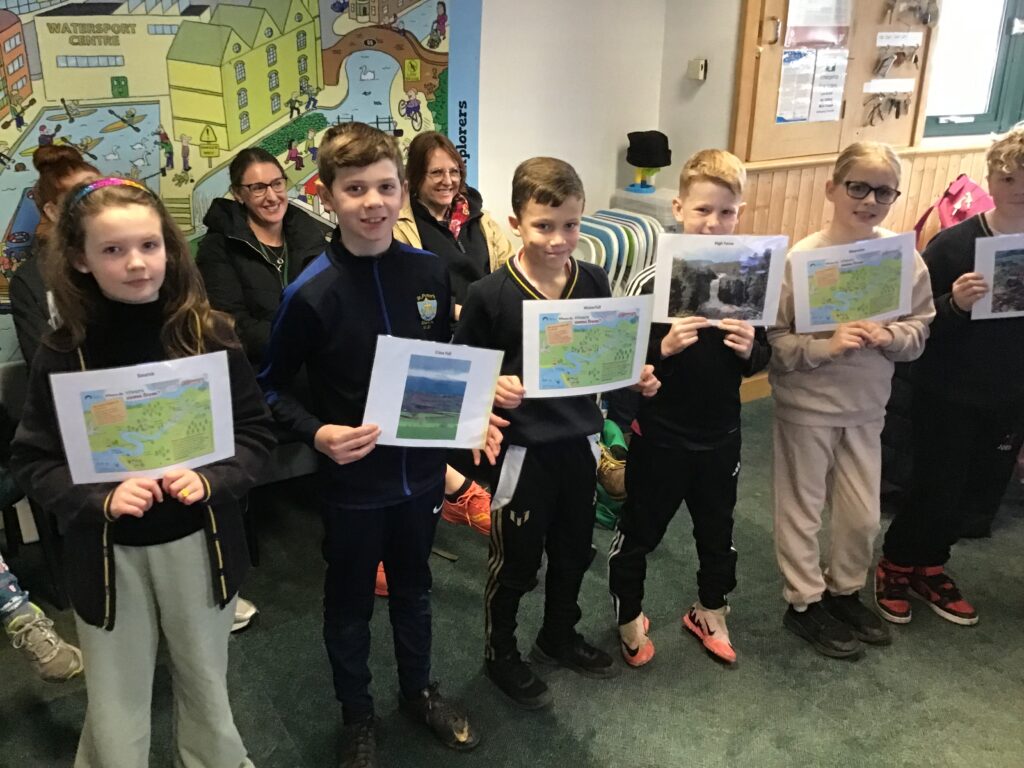
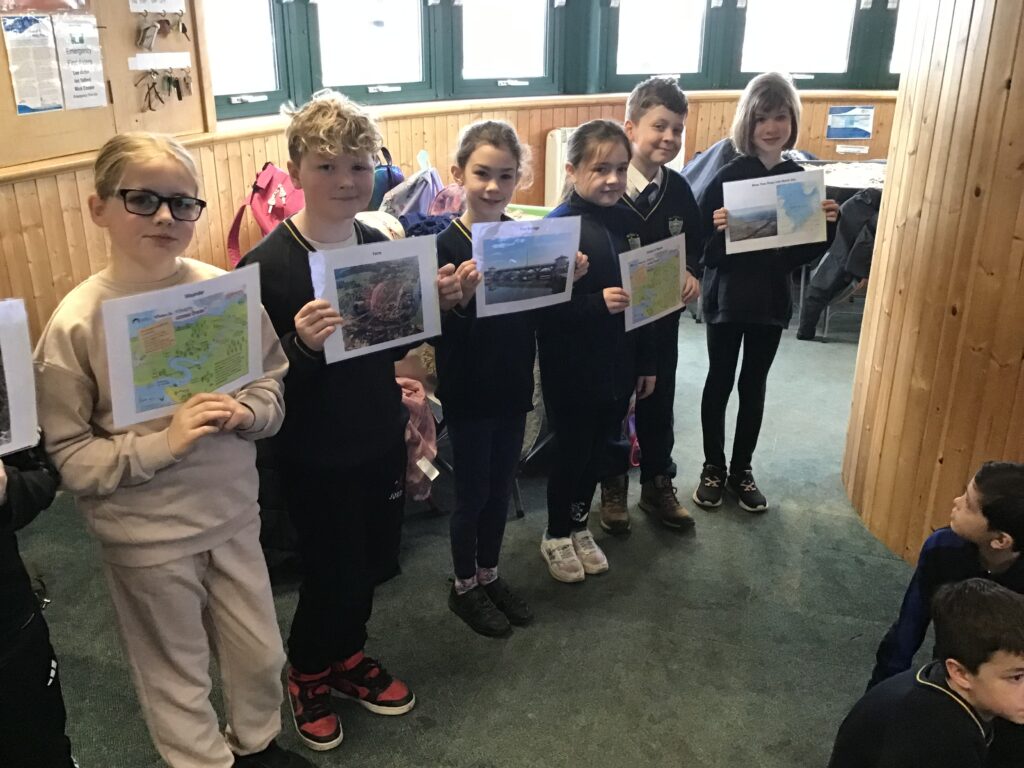
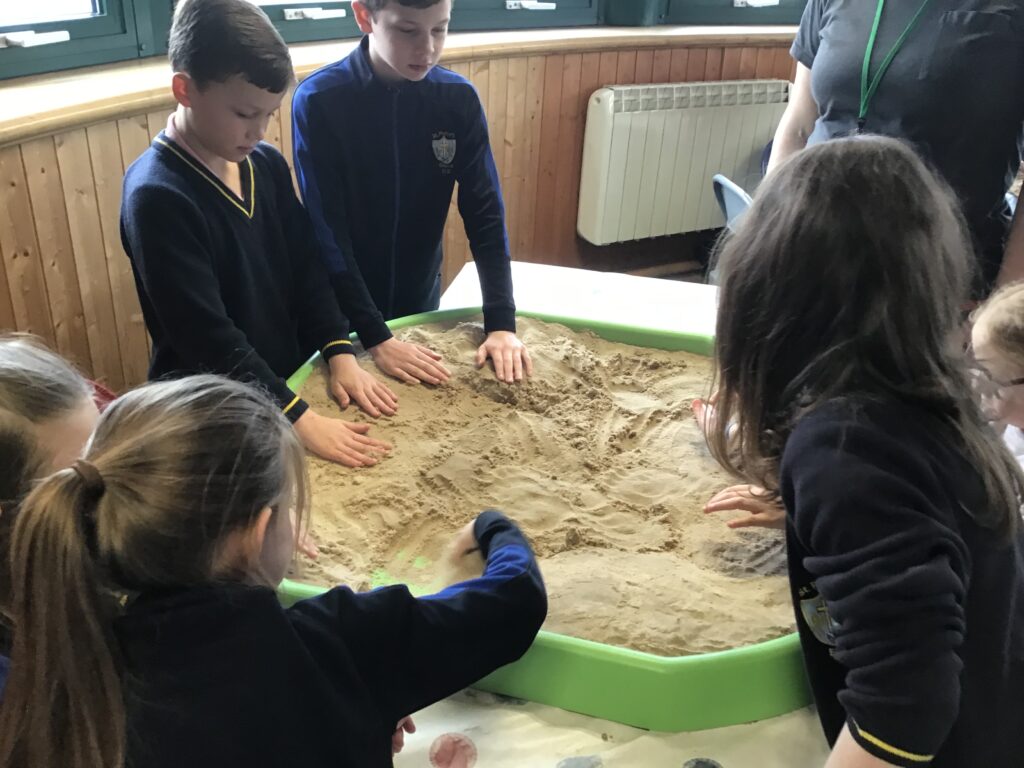
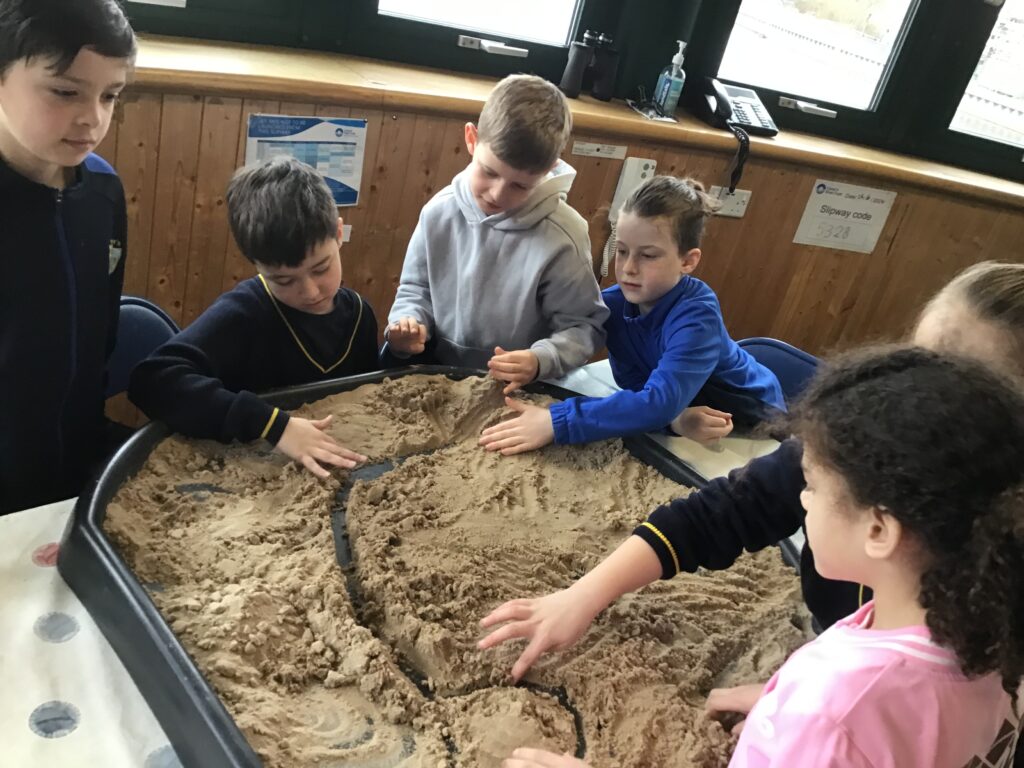
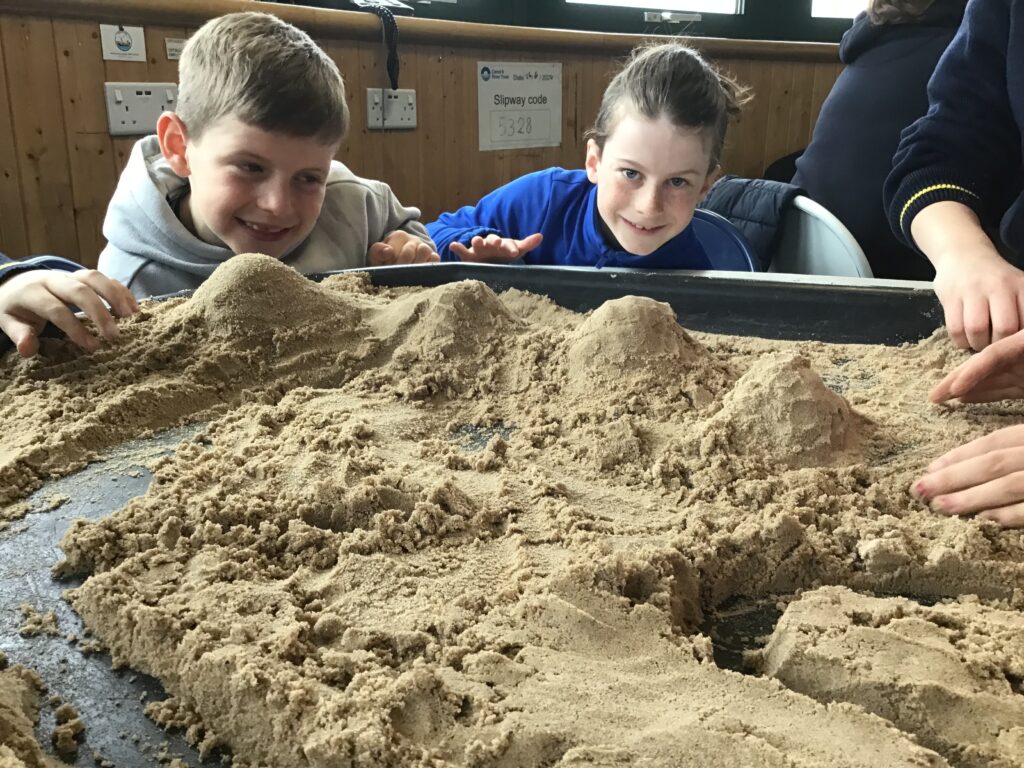
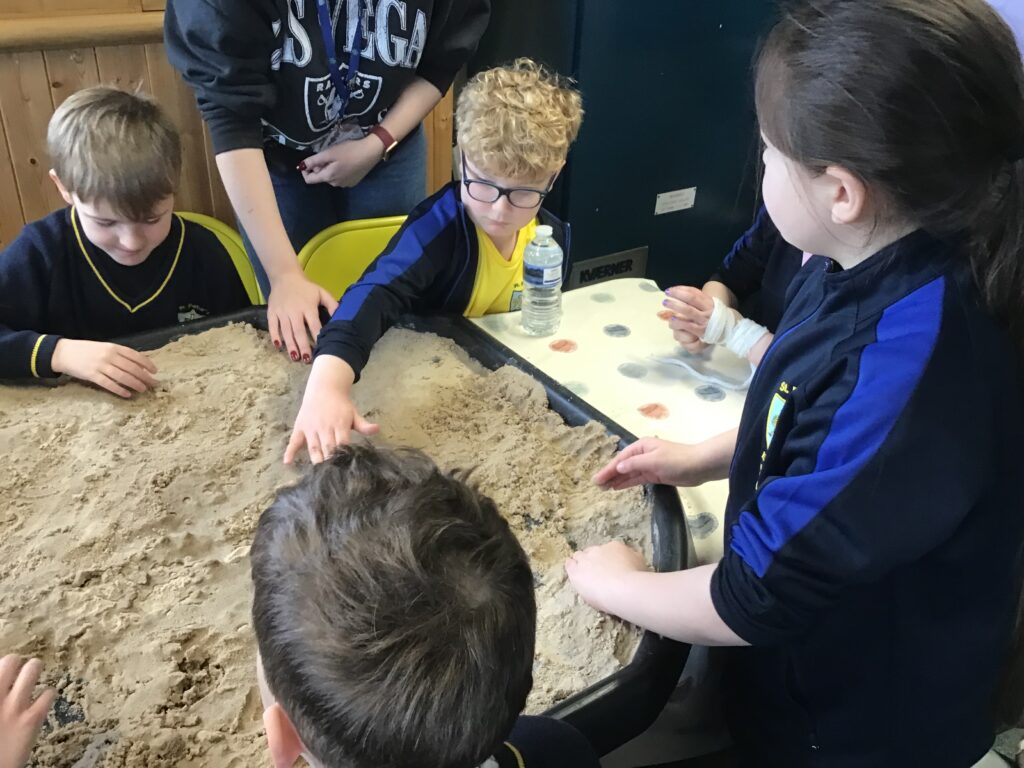
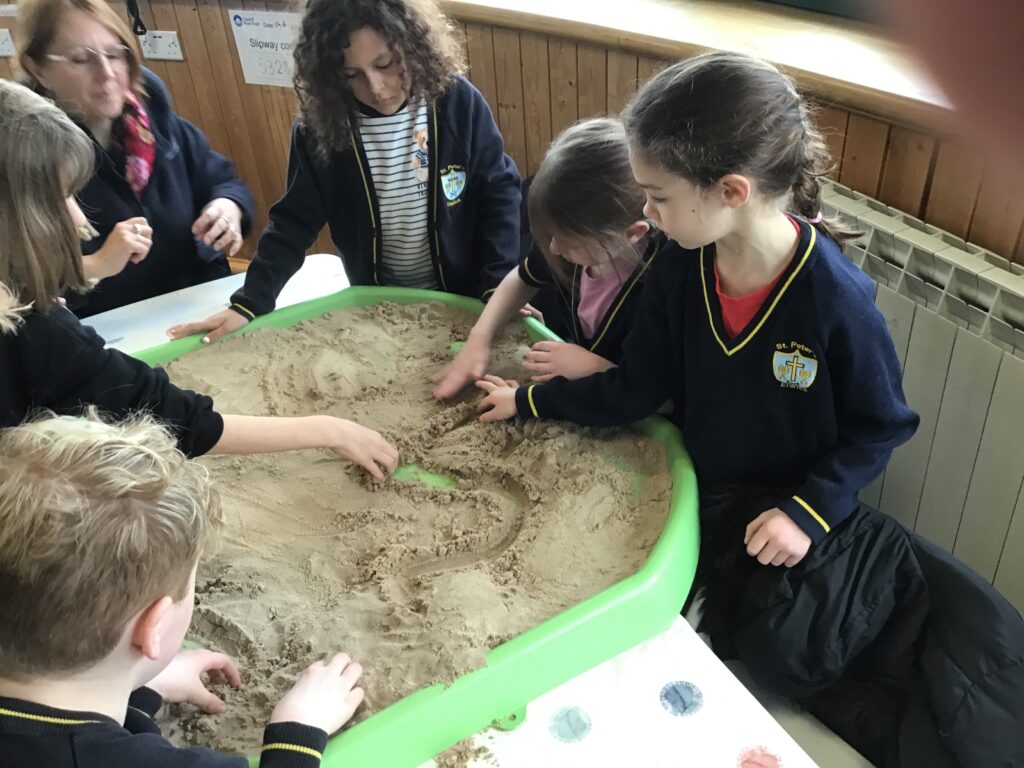
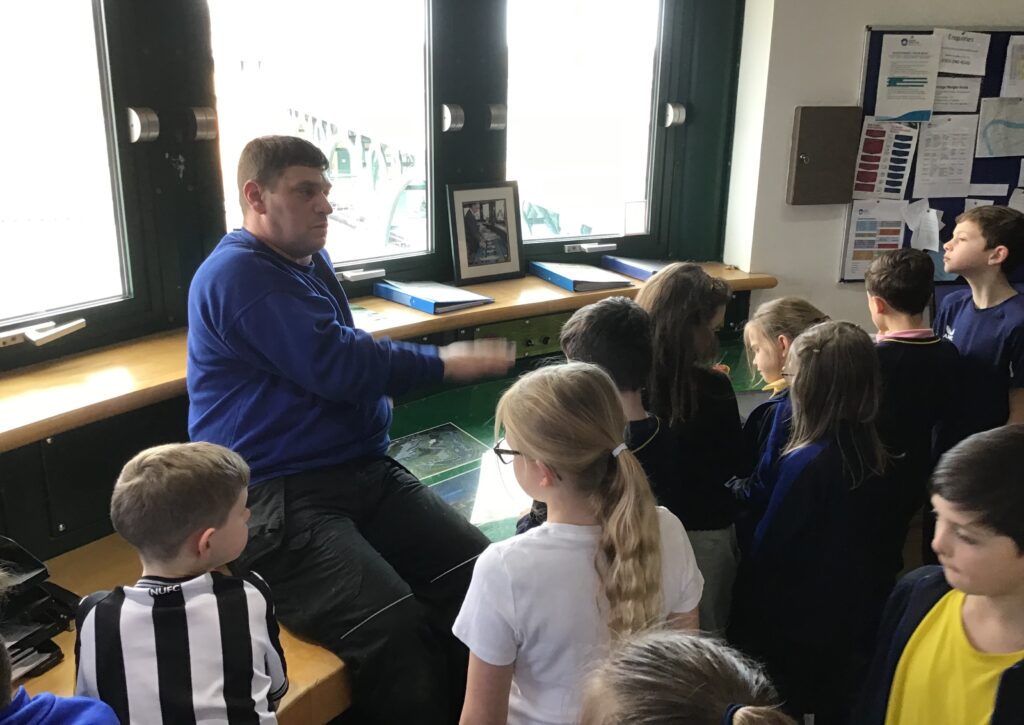
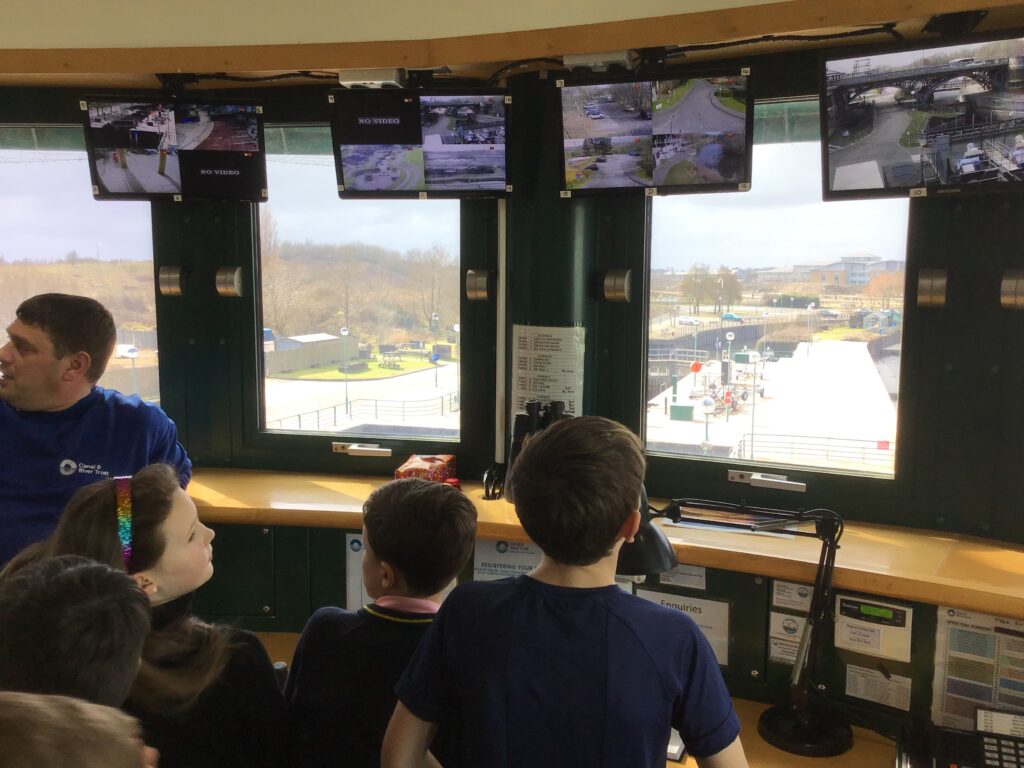
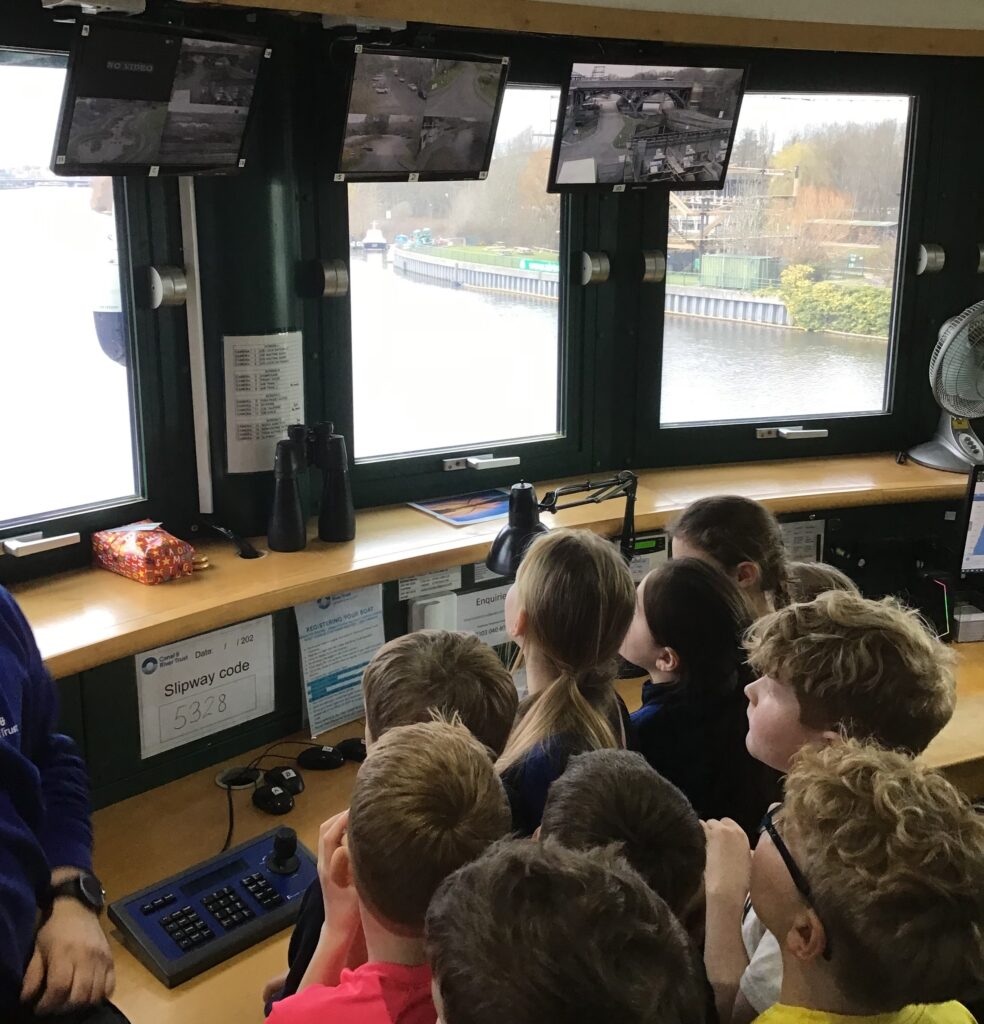
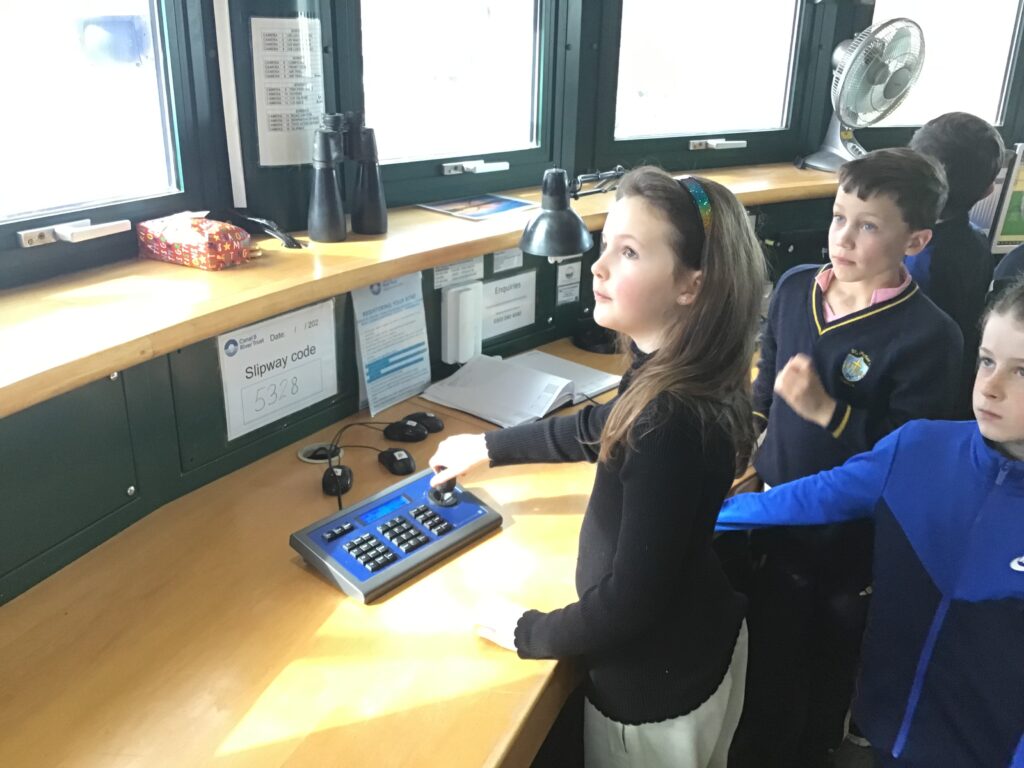
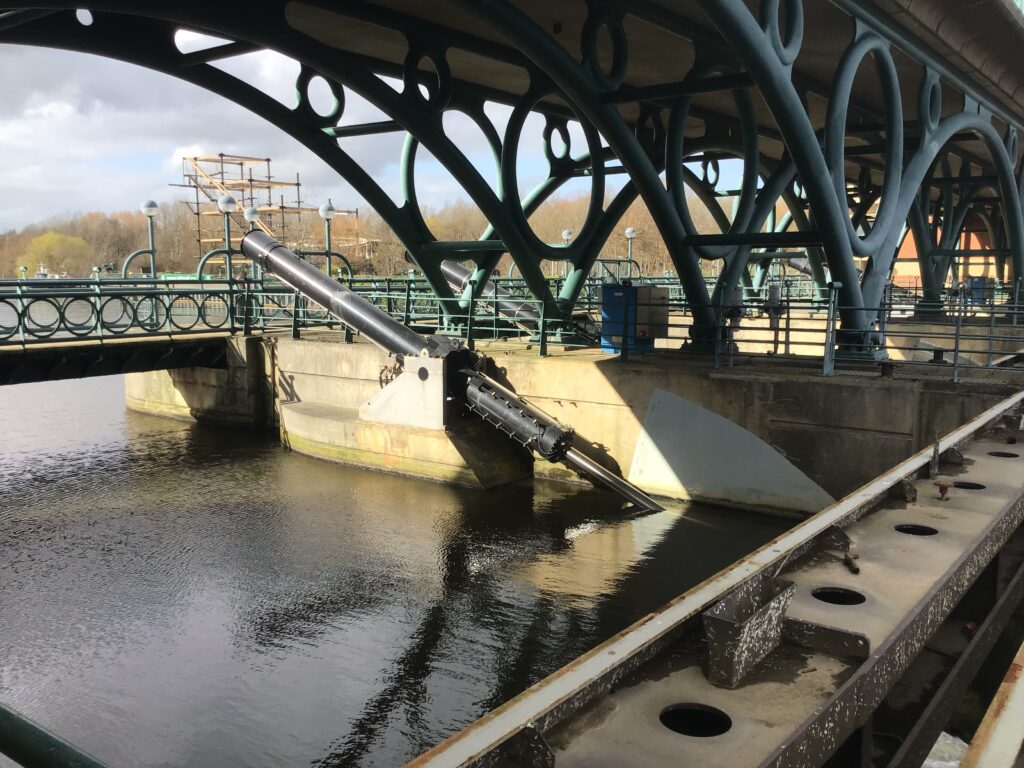
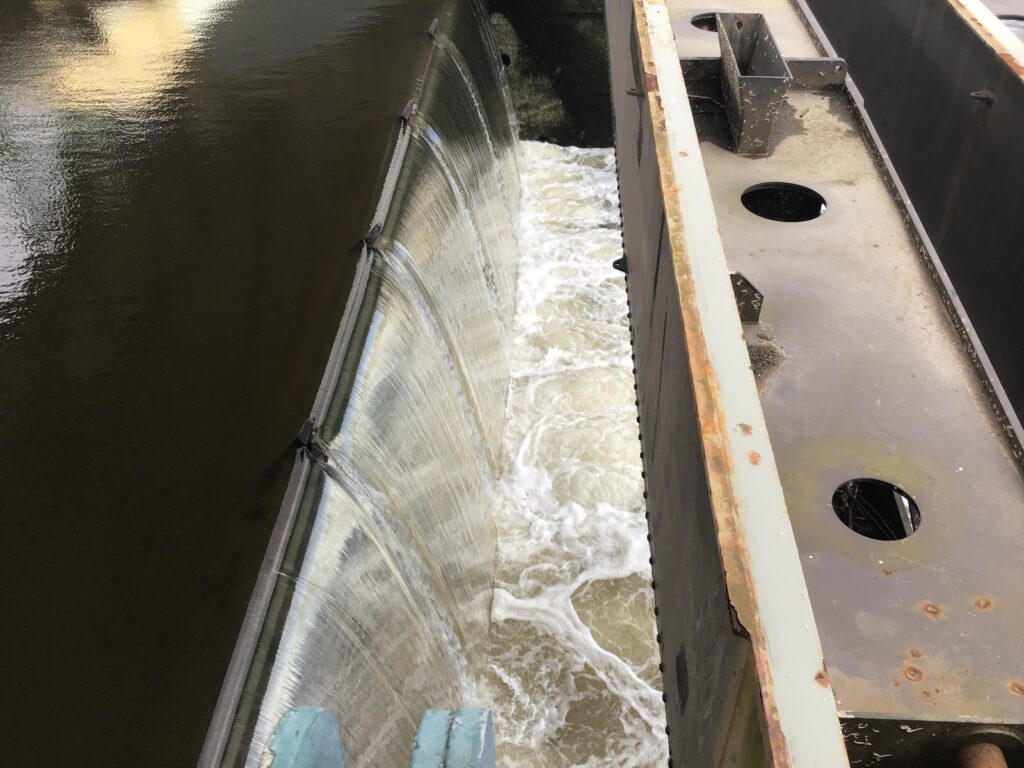
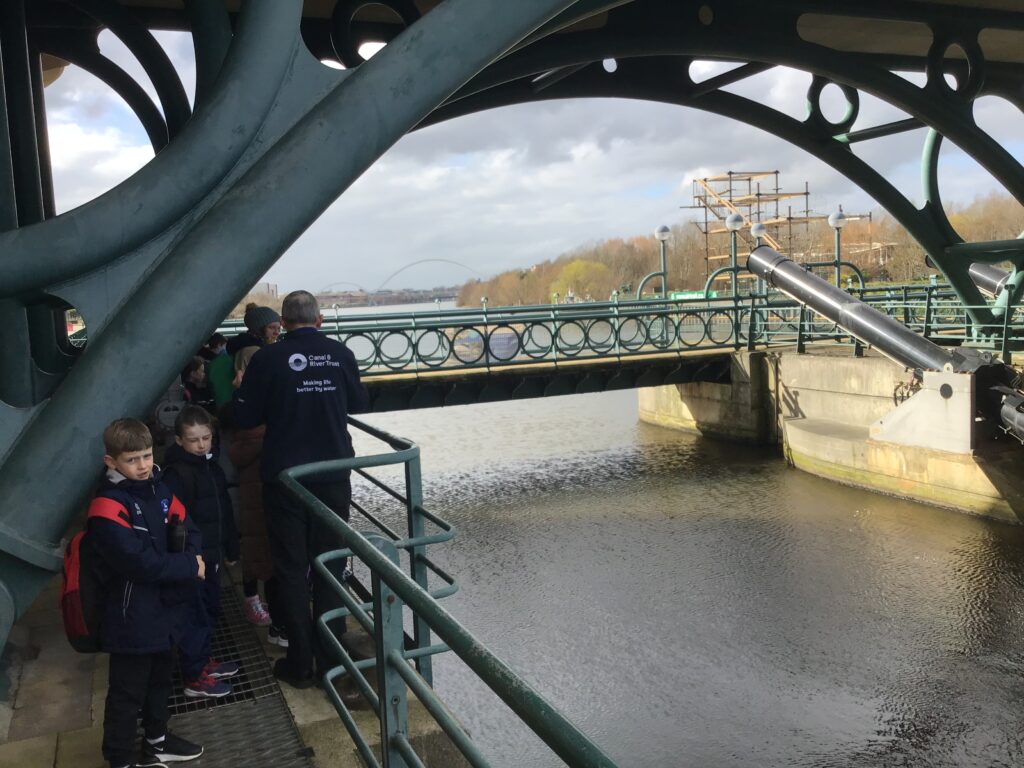
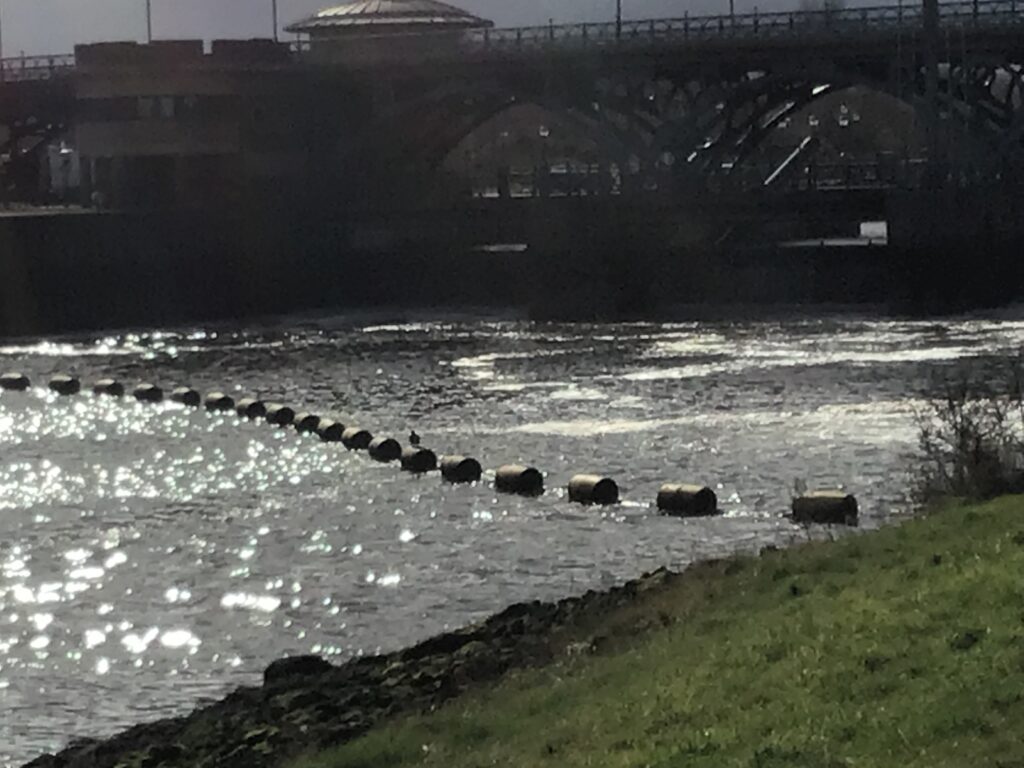
PD Ports 2022 – 2023


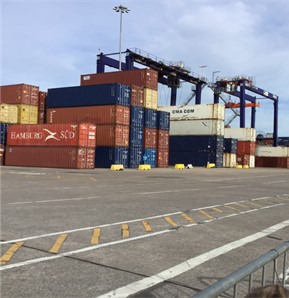
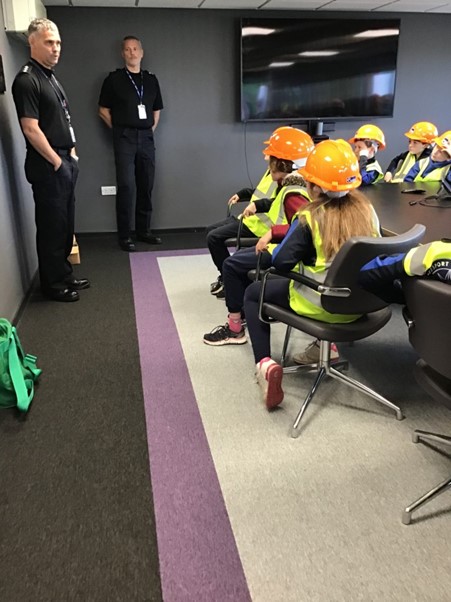
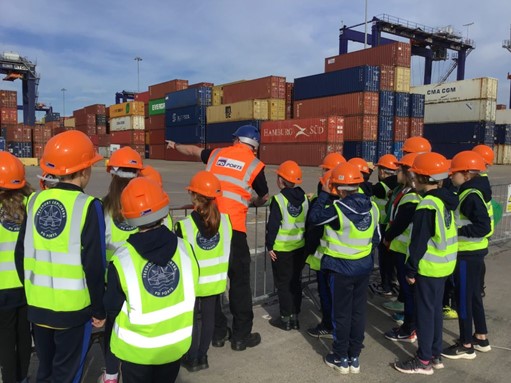
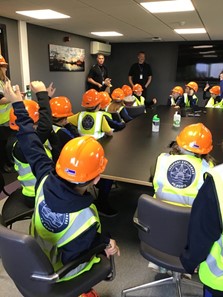
Red Gap Wind Farm
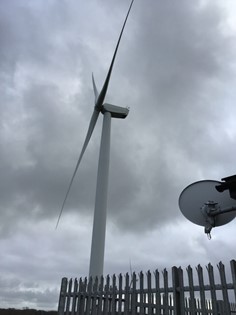
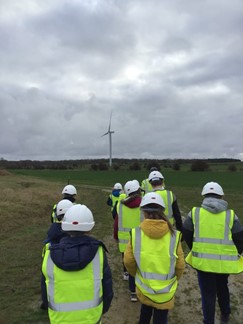
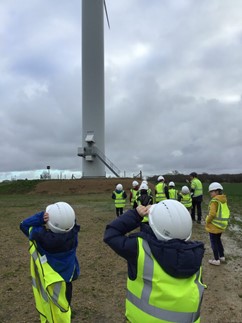
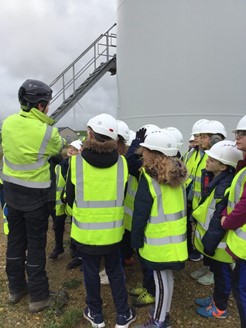
Orienteering at Summer Hill
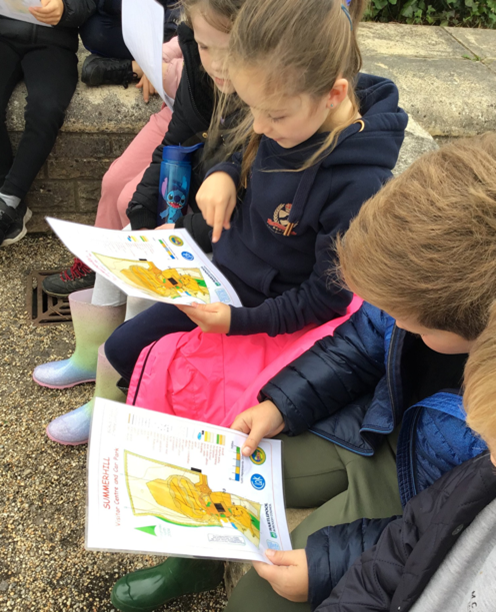


Junior Leadership team
Junior Leadership team have been helping pupils in KS1 and KS2 to retrieve essential knowledge. Recently, this has included locating the 5 oceans using world maps and regularly checking in to identify latitude and longitude lines.
Reading in Geography
In our Geography lessons, children learn to ‘Read like a Geographer’ using the following diagrams:
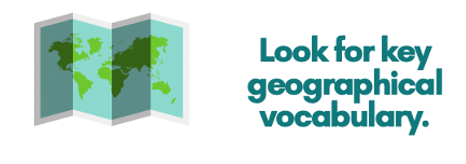



An example of a Road Map which we use at the beginning of each lesson:
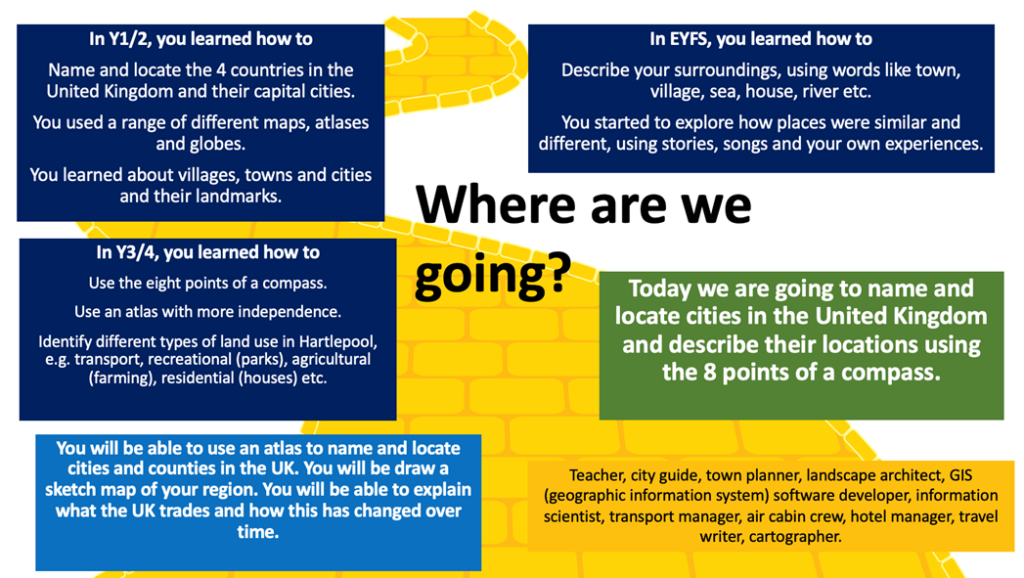
An example of how we introduce a geographical concept
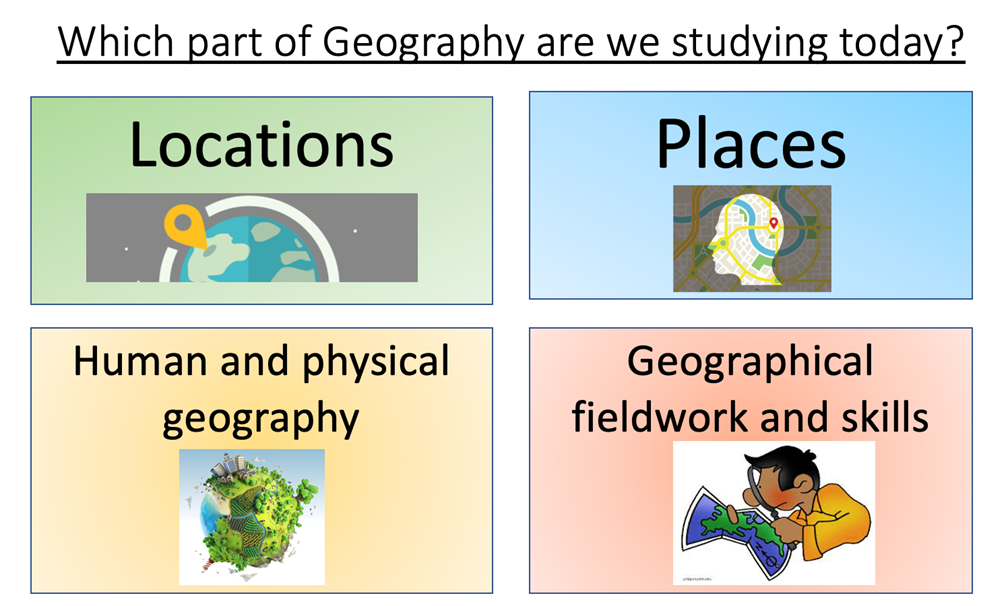
Our curriculum mapping includes a variety of texts. Here are some examples
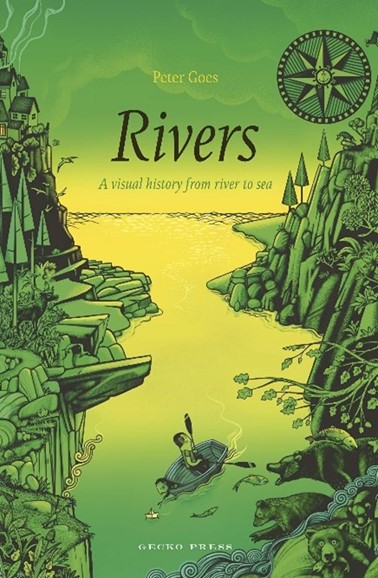
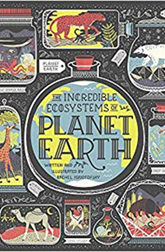
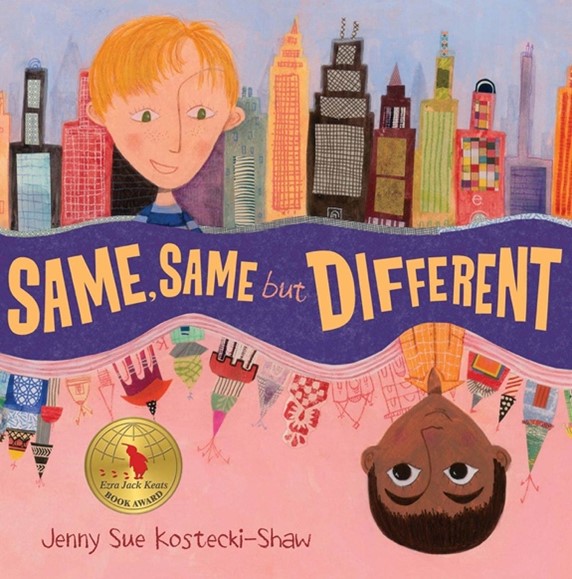
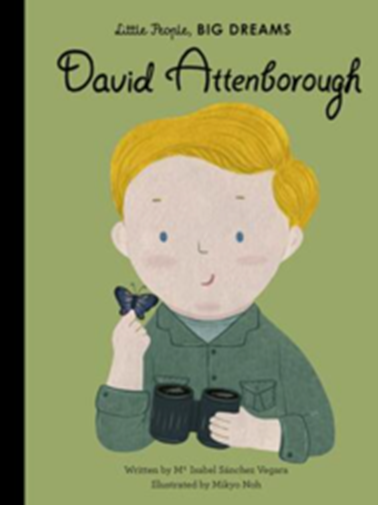
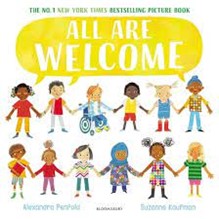
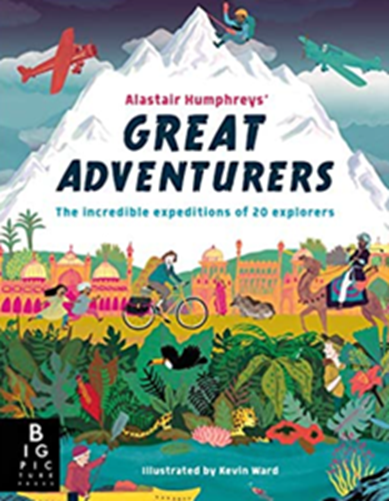
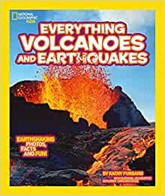
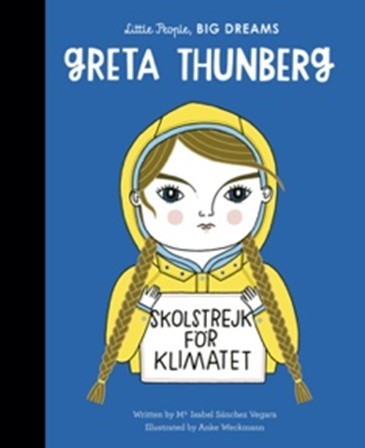
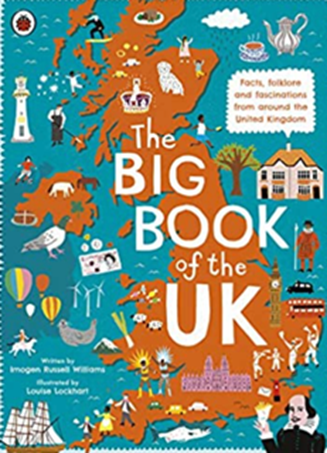
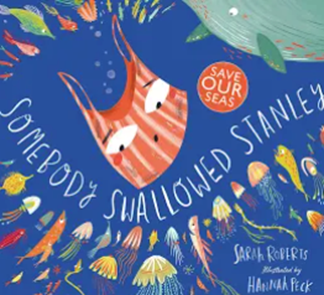
St. Peter’s Elwick would like to give thanks to the following publishers for allowing us to use their book cover image:
Bloomsbury Publishing: All Are Welcome
Frances Lincoln Publishers: little people, BIG DREAMS Greta Thunberg & David Attenborough
Our children regularly use a range of maps, including:
- Atlases
- Globes
- World maps
- Ordnance Survey
- Digimaps (digital mapping)
- Thematic
- Physical
- Maps throughout history
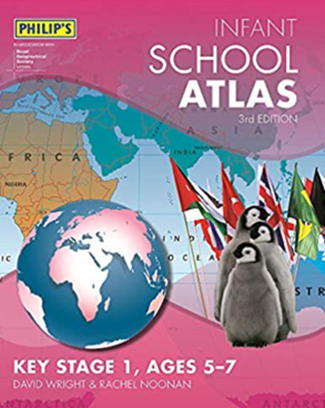

Useful Links
Digimaps for Schools Please check Teams for the log in details.
Royal Geographical Society – Geography at home
Any clubs, websites, agencies and organisations listed on this webpage outside of St Peter’s Elwick CofE Primary School are independent of the school.








